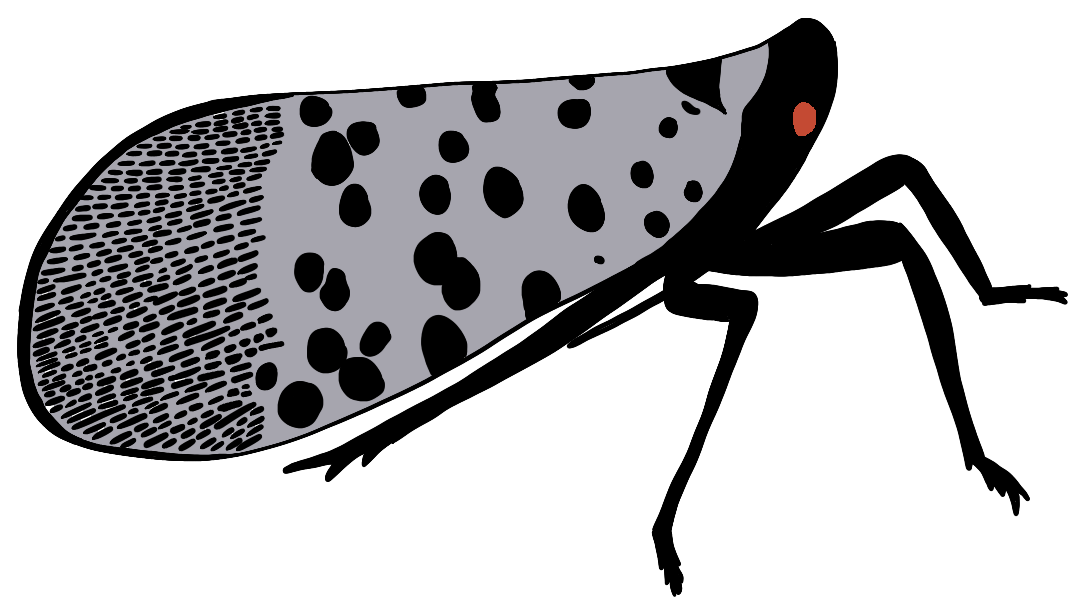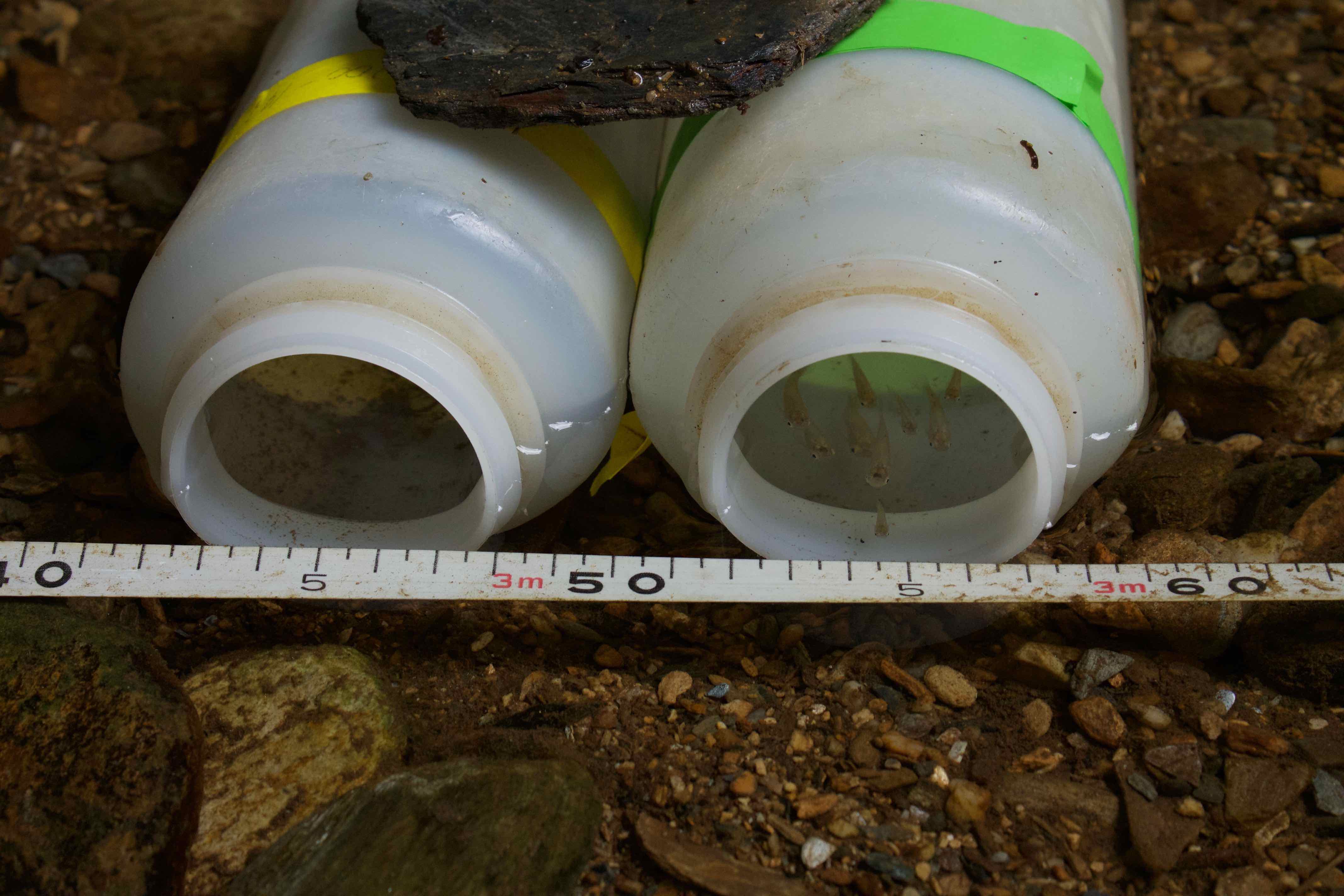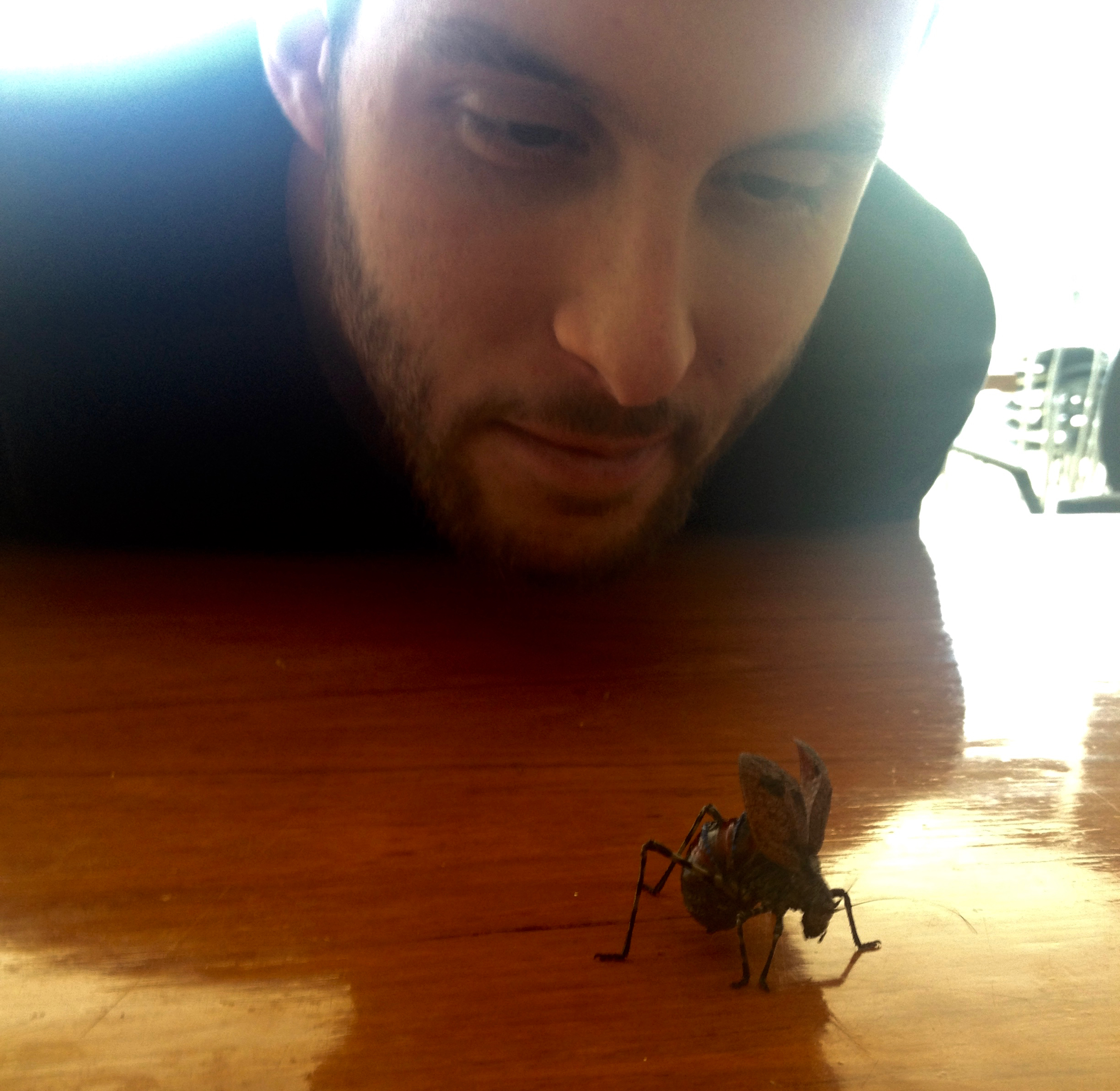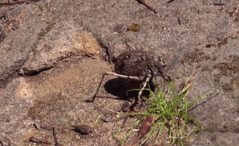Research
I am broadly interested in how population-level features– like population dynamics and the spatial ecology of a species– emerge from the sum of individual-level traits. My research involves quantitative approaches and spans several study systems and questions. Below is a quick summary of my main interests.
Check out this cool video by the Bryn Mawr Communications Office about my 2025 summer research! Here is the full article.
Biological Invasions in a Changing World
The rate at which invasive alien species are introduced in new locations is increasing, often threatening local biodiversity and national economies. If our goal is to predict and prevent the establishment and spread of invasive populations, it is crucial to understand the drivers of these processes. To tackle this, we can use statistical models fitted over large datasets to understand broad correlation patterns between ecological features and life history traits and behaviors. We can study, for instance, how temperature affects the growth and development of organisms; how resource availability affects survival, fecundity, and dispersal; how predation regulates population size. This approach grants us not only basic knowledge of the species but also the ability to parameterize mechanistic mathematical models. A bottom-up approach, where mechanisms are used to infer large-scale behaviors at the population level, is best suited to predict the behavior of a system in a set of circumstances that we have not yet witnessed. For instance, based on our knowledge of how individual traits depend on ecological features, we can ask how the likelihood of establishment will change as temperature rises due to climate change, or as hosts become more or less available due to new invasive species being introduced. A large portion of my research involves working with these models, using an invasive pest as a model system.

The spotted lanternfly (Lycorma delicatula) is a generalist, sap-feeding planthopper that was accidentally introduced in the United States in Berks County, PA in 2014. Since then, it has spread through the Eastern US, coming into the spotlight for its damaging impact on economically important tree species such as grapevine, maple, and walnut (you can read about it here and here). With Prof. Matt Helmus, Dr. Stephanie Lewkiewicz, and Prof. Benni Seibold, we developed a first-principle Partial Differential Equation model to predict the chances of establishment and spread of spotted lanternfly throughout the United States. The model is based on results from several experimental and observational studies investigating the developmental rate, mortality, and reproductive rate of spotted lanternfly at different temperatures and on different plant host species. To know more about our study, check out our publication
Harnessing data science to aid management actions
Innovation in data collection techniques, and the involvement of the public through community-science initiatives, allows data to be collected at an unprecedented pace. Large datasets are crucial to parameterize and validate forecasting models. Working with data collected by several sources (e.g. by research institutions, government agencies, and the public) is challenging due to the high heterogeneity in the collection methods used. At Temple, I collected, harmonized and combined occurrence data on Spotted Lanternfly from a variety of sources into a single dataset to be used both by researchers, to aid model construction, and by management workers in the field, to track the history of the spread. The resulting data, and functions to visualize it, are stored in the R package lydemapr.
Life History, Dispersal, and Population Density
Invasive species provide a great opportunity to study basic science questions. A common scenario when a species invades a new environment is a reduction in mortality rate due to the lack of natural predators. This can cause exponential population growth, followed by strong density dependence that is likely to regulate population numbers by reducing individual growth, reproduction and/or survival. Eco-evolutionary theory predicts that some individuals will be better adapted to the increased density, depending on the their life history. In particular, slower life histories (characterized, for example, by slower growth and maturation, higher survival, fewer and bigger offspring) will be selected for. Because demography emerges from the sum of individual life histories, the evolution of slower life histories will affect subsequent densities. Understanding this eco-evolutionary feedback that links demography, life history and population density is key to understanding how invasions are regulated and to predicting their ecological effects.
My PhD research, done under the supervision of Prof. Andrés López-Sepulcre, involved working with Trinidadian Guppies (Poecilia reticulata) to study how populations react to introduction, and how density affects life history, dispersal, and habitat use. I studied four introduced population, showing disturbance (in the form of tree cutting around the streams) can favor invasive population growth by increasing their maximum population density. My research into density-dependent dispersal shows how properties at different scales can interact in determining an individual’s behaviour: dispersal is determined by the interaction between density at both local and landscape scales. Finally, with a density manipulation experiment, I tested how guppies respond to increased and decreased density in terms of microhabitat use. My experiment, conducted with two students in the Northern Range in Trinidad, shows patterns in line with the ideal despotic distribution, where larger individuals monopolize better quality habitats at the expenses of smaller subordinate individuals.


Predator-prey interactions
The array of visual defenses deployed by prey to escape predation is dazzling. Camouflage helps organisms to dodge detection; warning coloration deter predation by signaling toxicity or dangerous physical defenses; startling displays trigger avoidance reactions in predators, buying enough time for the potential prey to flee. A particularly fascinating form of mimicry occurs when markings on the body of insects and other animals appear as large concentric circles, resembling vertebrate eyes. The long-held belief that what appears like eyes to us must appear the same to predators (eye-mimicry hypothesis) was challenged by Stevens in 2005 (The role of eyespots as antipredator mechanisms, principally demonstrated in the Lepidoptera. Biol. Rev.). He suggested that an alternative explanation could exist, where bold, contrasting color marking are effective in promoting sensory overload whether or not they appear as eyes (conspicuousness hypothesis, Stevens 2005).
For my Master’s thesis project, I joined Prof. Johanna Mappes’s lab and designed an experiment to contrast the two hypothesis. I presented live birds (the small passerine Parus major, or great tit) with images on a computer screen, and recorded their reaction. The image shown to each bird belonged to one of 5 different treatment: the ventral side of a Caligo butterfly, showing a pair of eye-looking eyespots; the same image, but where the eyespots were altered to have similar contrast, but a lowered likeness to eyes; again, the image of the same butterfly where the markings were removed; the face of a pygmy owl (Glaucidium passerinum), a known predator of great tits; and the same face with the eyes removed.

The results showed that great tits reacted just as strongly to the owl image as they did to the natural butterfly one, while they showed similar responses to the altered conspicuous eyespots as they did to the image of the butterfly where the eyespots were removed. For more details, see the full publication here
My interest for animal coloration later took me to Australia, where I worked with Dr. Kate Umbers to explore the wonderful deimatic display of the Mountain Katydid (Acripeza reticulata). When attacked, this slow moving, large cryptic insect performs a startling display by raising its wings and exposing a brightly colored, contrasting abdomen. The wonderful collaboration with Kate brought about several publications and an abiding love for this amazing bug.



